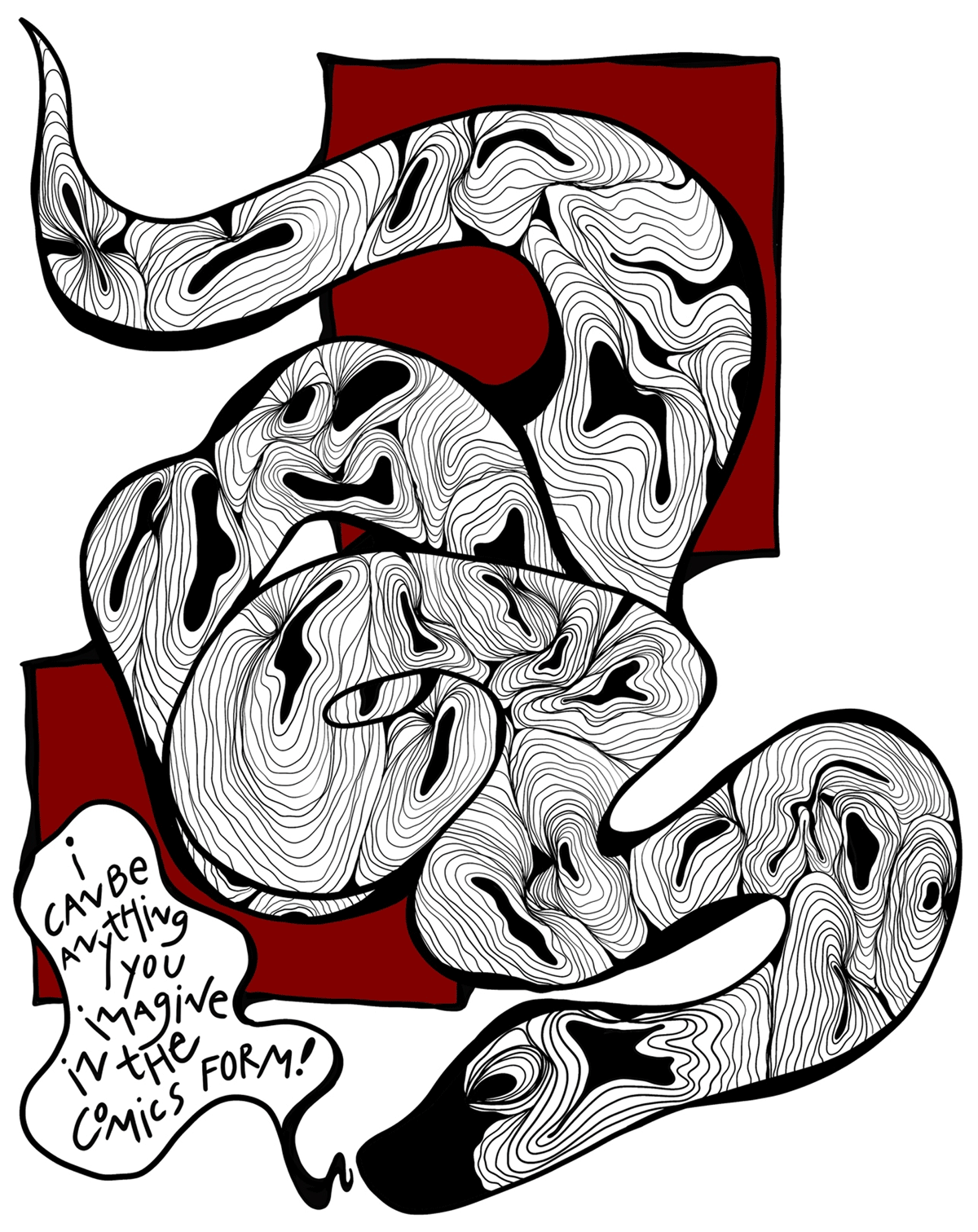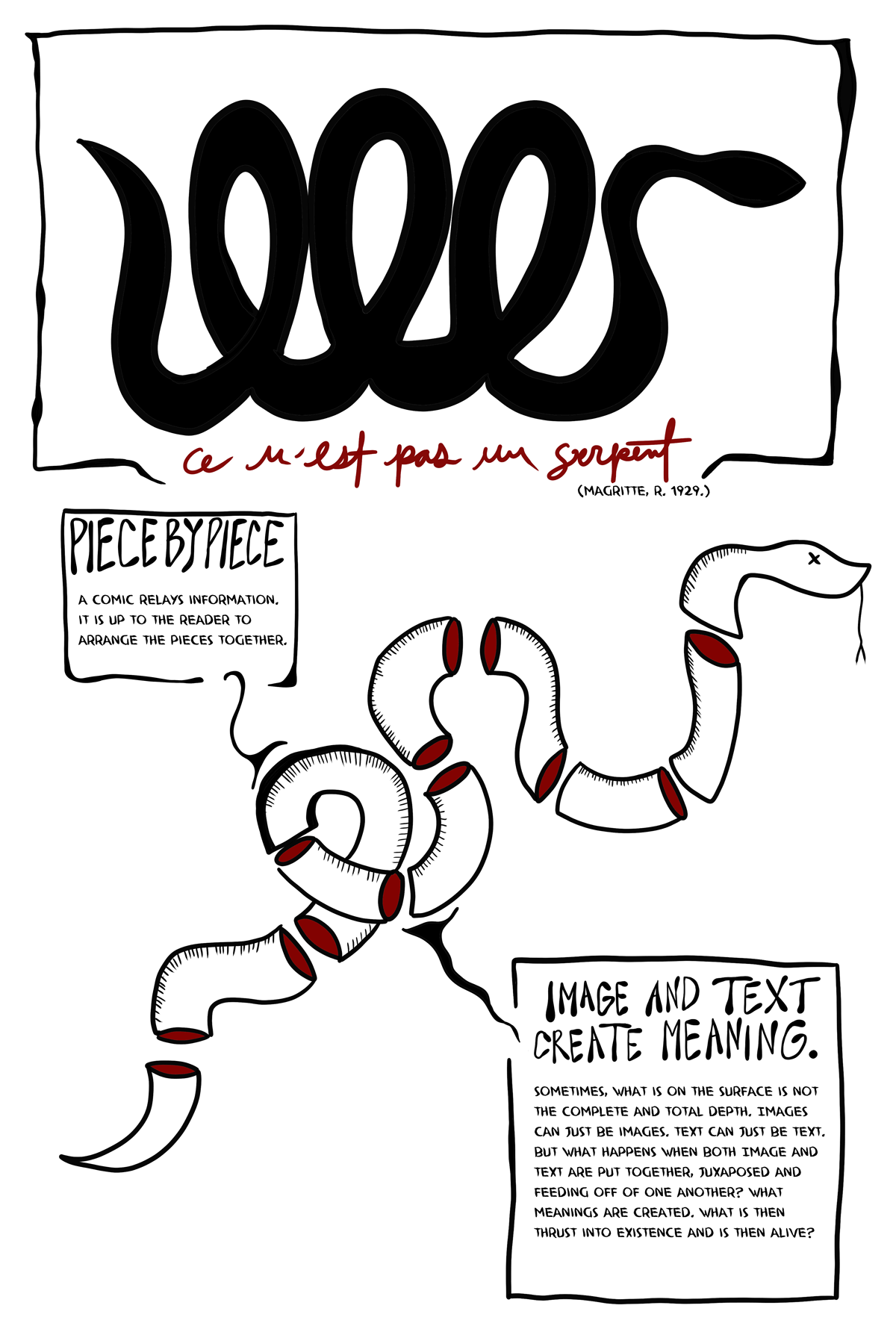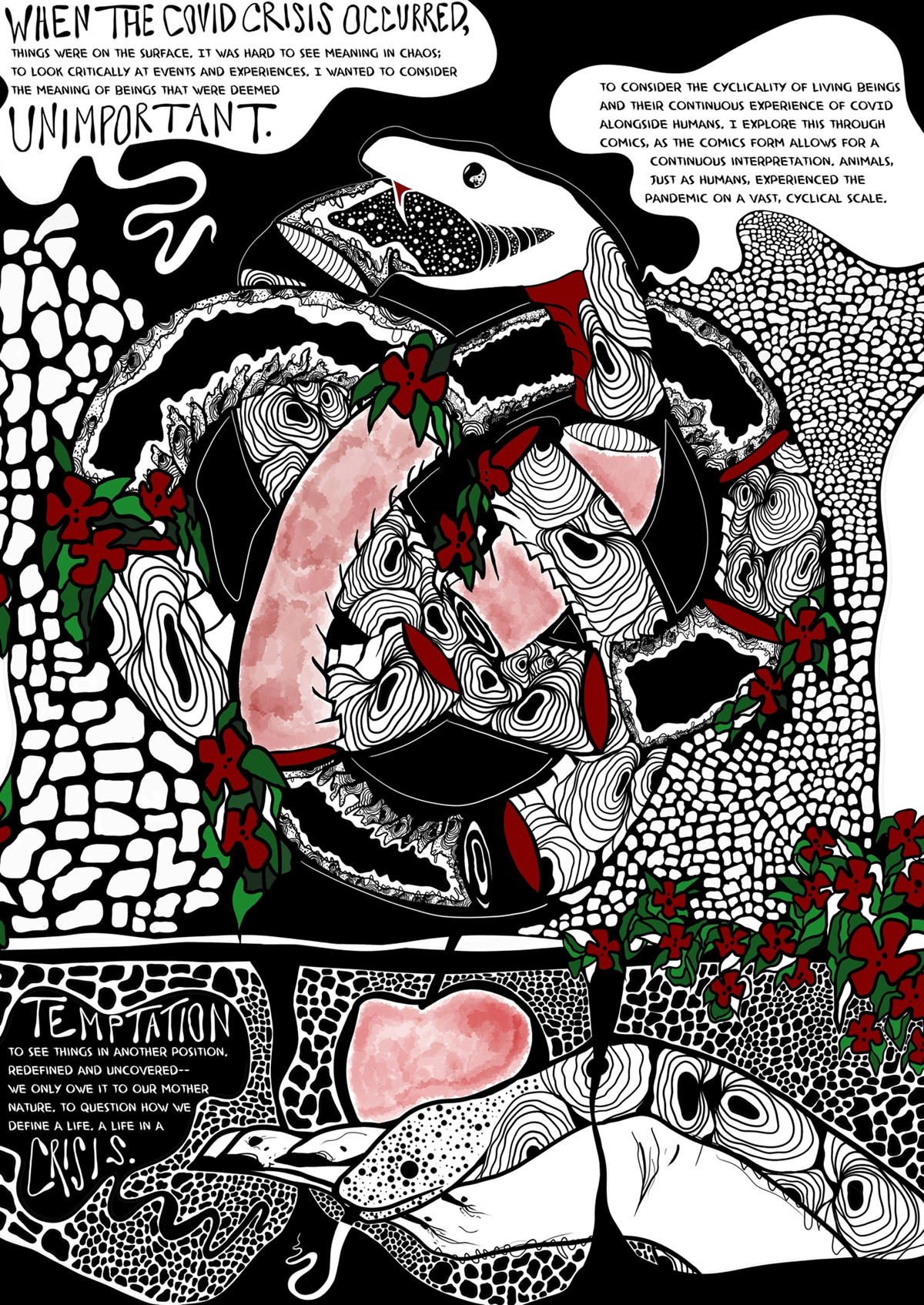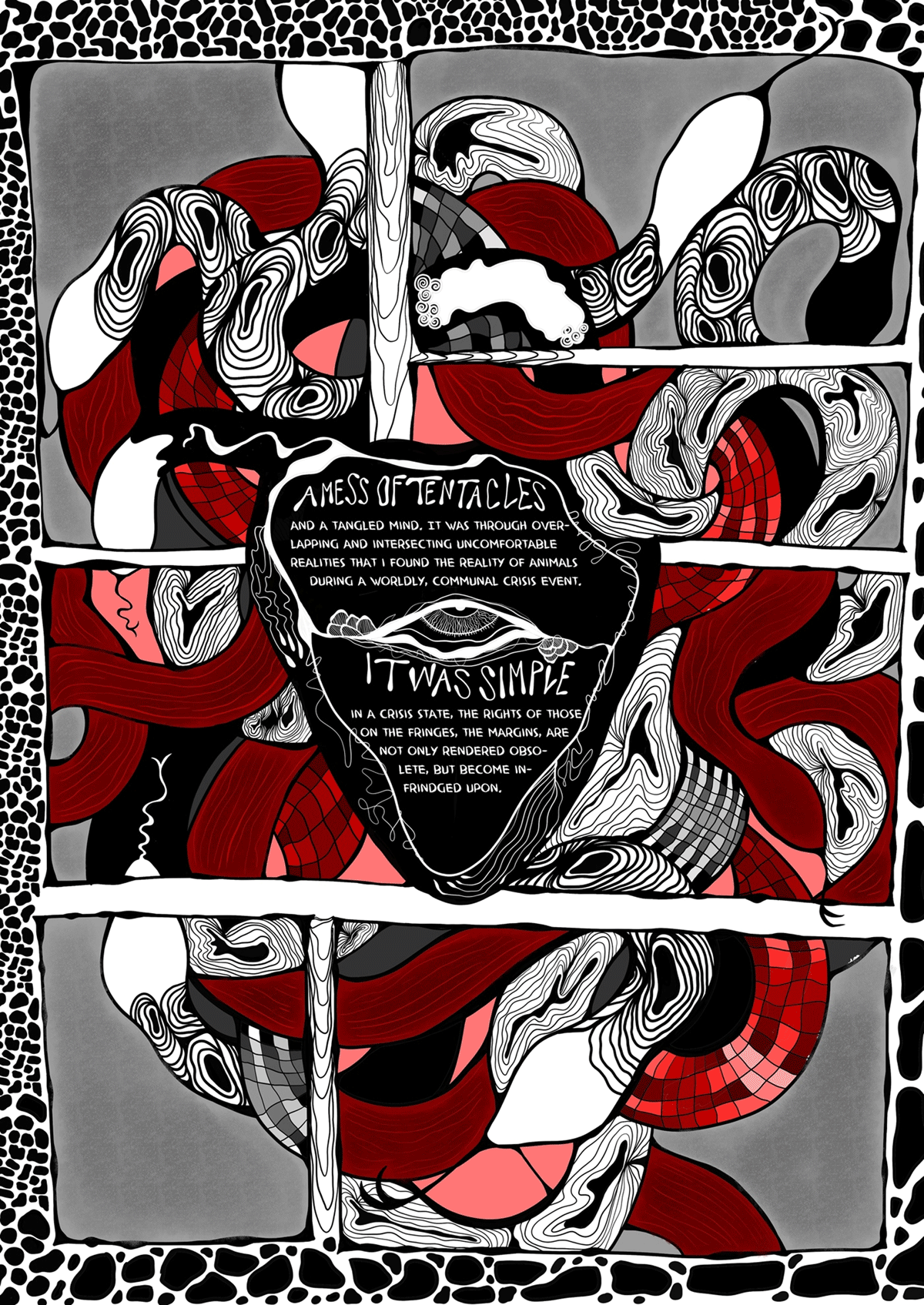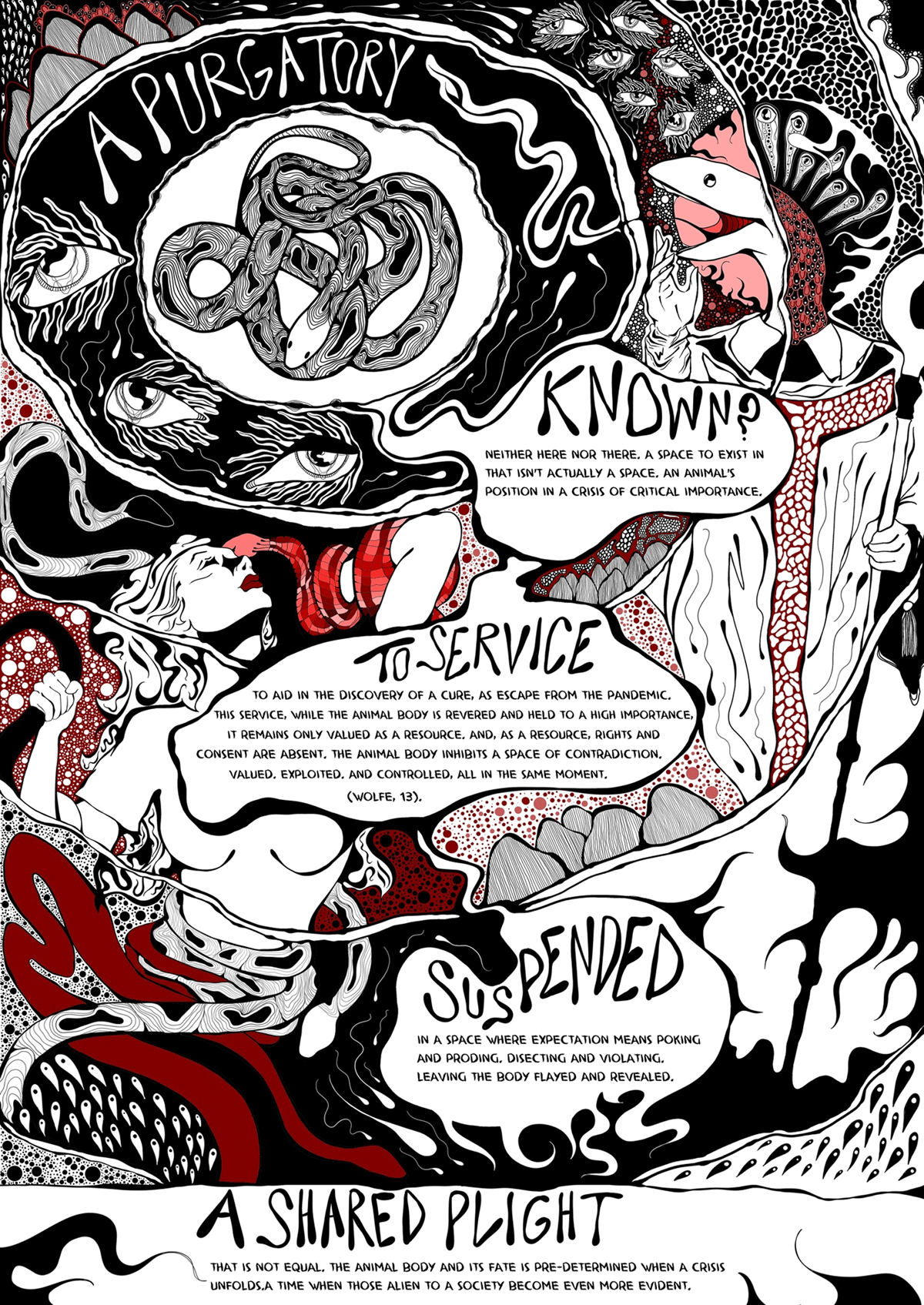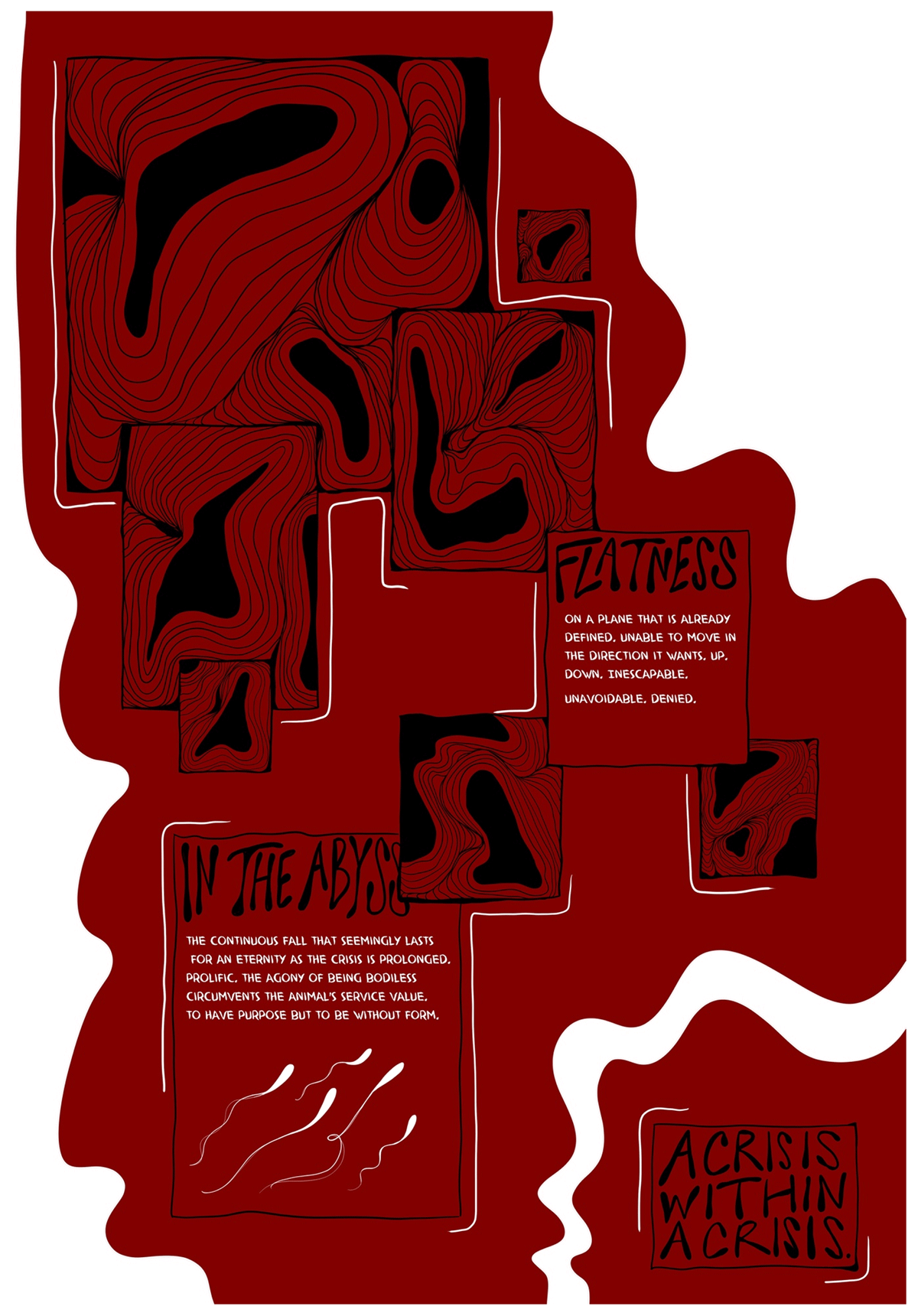Introduction
While extensive research has been done by environmental (Sustein and Nussbaum 2004) and interdisciplinary academics (Wolfe 2013) on the animal body in moments of crisis, there is little analysis and exploration of this topic in the comics form. I first became involved in this piece when I read about the mink cull in Denmark during the winter of 2020 in response to a possible COVID variant circulating in fur farms (Gorman, 2020). I was invested in trying to understand this odd space that minks themselves took up in this moment; already considered resources and “destined” to die for their fur, they were then selectively slaughtered, which resulted in a large public outcry. Yet, I questioned if their identity and value changed. This led me to reflect on other animal species and their experience during the pandemic, and what that means for human-animal relationships today. As a visual thinker, I felt that a comic was the only way to explore this concept.
The purpose of all of my comics is to question and create an uncomfortable contrast between humanity, our past and present episteme, and the complex world of animals. Through stylistic choices like minimal colors, intricate textural illustrations, and non-traditional comic layouts, I hope the reader can achieve multiple interpretations of this topic and not come away with answers, but a curiosity that can propel them to explore more. I use the word “crisis” instead of “pandemic” to encompass the complexity of the outcomes that have been caused by COVID-19 and to think beyond the virus itself. The comics form offers the ability for scholarship and theory to unfold and layer beyond textual analysis; with the use of both text and image, comics not only explore topics but reposition them to cultivate new meanings. Through engaging in the comics form (both as a maker and scholar), I argue that comics offer a unique perspective to consider body and space, especially regarding human-animal relationships in our current moment in time. In this comic, I explore questions like: Why is the comics form pertinent to understanding human-animal relationships today? How are animal bodies and identities considered living beings during the COVID-19 crisis? How are their bodies constructed and dismantled in spaces that have been created and defined by the COVID-19 crisis?
Author’s Note
The images included in this article are copyright Ó Ginna Matteo and shared under a Creative Commons Attribution 4.0 license.
Editors’ Note
This article is part of the Rapid Responses: Comics in and of The Moment Special Collection, edited by Jeanette D’Arcy and Kay Sohini, with Ernesto Priego and Peter Wilkins.
Competing Interests
The author has no competing interests to declare.
References
Magritte, R. 1929. The Treachery of Images. (This is Not a Pipe) (La trahison des images [Ceci n’est pas une pipe]). Belgium. Oil on canvas.
Sunstein, CR and Nussbaum, M. 2004. Animal Rights Current Debates and New Directions. Oxford: Oxford University Press. Print. DOI: http://doi.org/10.1093/acprof:oso/9780195305104.001.0001
Wolfe, C. 2013. Before the Law: Humans and Other Animals in a Biopolitical Frame. Chicago; London: U of Chicago. Print. DOI: http://doi.org/10.7208/chicago/9780226922423.001.0001

